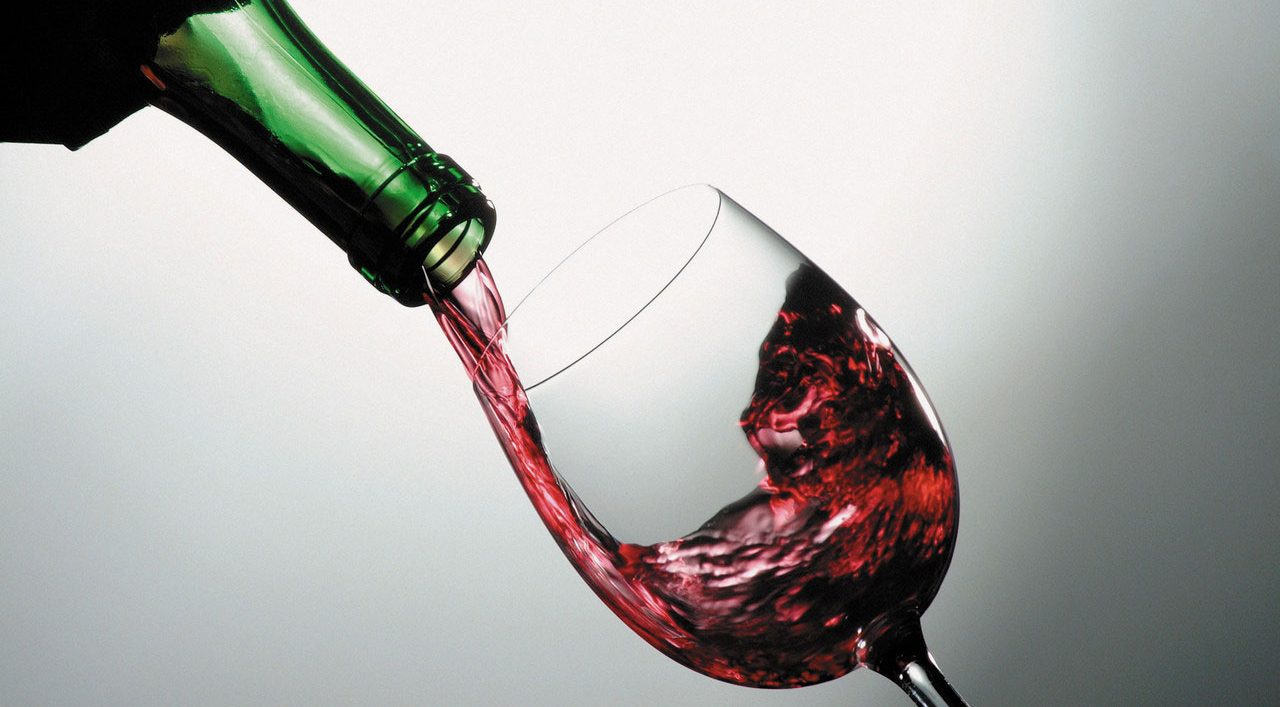Red Wine Benefits May Advance Cancer Treatment

Polyphenols, micro-nutrients thought to be among red wine benefits, combined with chemotherapy could make cancer treatments more effective and safer.
Polyphenols have received scrutiny from scientists over the past decade, and evidence has mounted indicating these micronutrients can play a role in preventing cardiovascular disease and cancer. Now research from Oregon State University and Pacific University indicates two widely studied polyphenols, resveratrol and quercetin, may create a powerful weapon against cancer when used with an existing chemotherapy drug. And, at high doses, these micronutrients may also be effective cancer treatments themselves.
Are there red wine benfits?
Resveratrol, found in red wine, green tea, some fruits, berries, and dark chocolate, gained fame as a possible a possible red wine benefit and explanation for why the French, who typically eat a high-fat diet, have low rates of cardiovascular disease. Scientists suggested this conundrum, known as the “French paradox,” could be the result of health-promoting resveratrol found in red wine, a popular part of French meals.
YOU MIGHT ALSO LIKE: 15 Fake-Healthy Consumer Products
Like resveratrol, quercetin is a powerful antioxidant and previous laboratory and animal studies have revealed it has anti-tumor properties. Foods rich in quercetin include capers, some fruits and berries, kale, and onions.
In laboratory experiments, the Oregon State and Pacific University research team developed a system to boost the amount of resveratrol and quercetin that can enter the circulation of the body (a process known as bioavailability), where the polyphenols can have an active effect on cells. The scientists used polymers to make the polyphenols water soluble and injectable into the bloodstream.
Similar systems have been used before with other compounds, but never with resveratrol and quercetin. The injectable form of the polyphenols could raise circulating levels of the micronutrients in the body far higher than anyone could ever reach by eating polyphenol-containing foods or supplements.
Polyphenols combined with cancer treatment
The goal of boosting resveratrol and quercetin this much is to reduce the toxic impact on the heart caused by treatments with the widely used cancer drug doxorubicin (Adriamycin). Although this chemotherapy agent is extremely effective in treating breast, ovarian, lymphomas, and other cancers, Adriamycin can’t be used for long because it can lead to heart failure, potentially dangerous arrhythmias, and other serious cardiac problems.
The Oregon State and Pacific University research suggests treating cancer patients with high doses of heart-protecting polyphenols along with Adriamycin might allow the cancer drug to be used longer, improving the chemotherapy’s effectiveness in treating malignancies while avoiding damage to the heart.
In fact, according to Oregon State pharmaceutical scientist Adam Alani, PhD, further studies may find resveratrol and quercetin compounds completely eliminate Adriamycin’s cardiotoxicity by counteracting the toxic free radicals produced during chemotherapy with the drug.
More red wine benefits?
What’s more, the research suggests natural polyphenols could turn out to be valuable cancer therapies themselves — either when used alone or combined with a wide scope of cancer-fighting agents. "This has great potential to improve chemotherapeutic cancer treatment," said Alani, who headed the research.
Studies have previously demonstrated that both resveratrol and quercetin appear to be safe even when used at high concentrations in the body, Alani pointed out. In addition, the Oregon State delivery system that boots polyphenols to extremely high levels and the cancer drug are already approved by the Food and Drug Administration. These factors should speed up clinical testing and the potential medical application of combining high doses of polyphenols with Adriamycin to treat cancers.
"There are several advantages with this system," Alani said. "We can finally reach clinical levels of these polyphenols in the body. We can load both the compounds at one time to help control the cardiotoxicity of the cancer drug, and we can help the polyphenols accumulate in cancer cells where they have their own anti-cancer properties. This is like hitting three birds with one stone.”
Updated:
March 30, 2020
Reviewed By:
Christopher Nystuen, MD, MBA